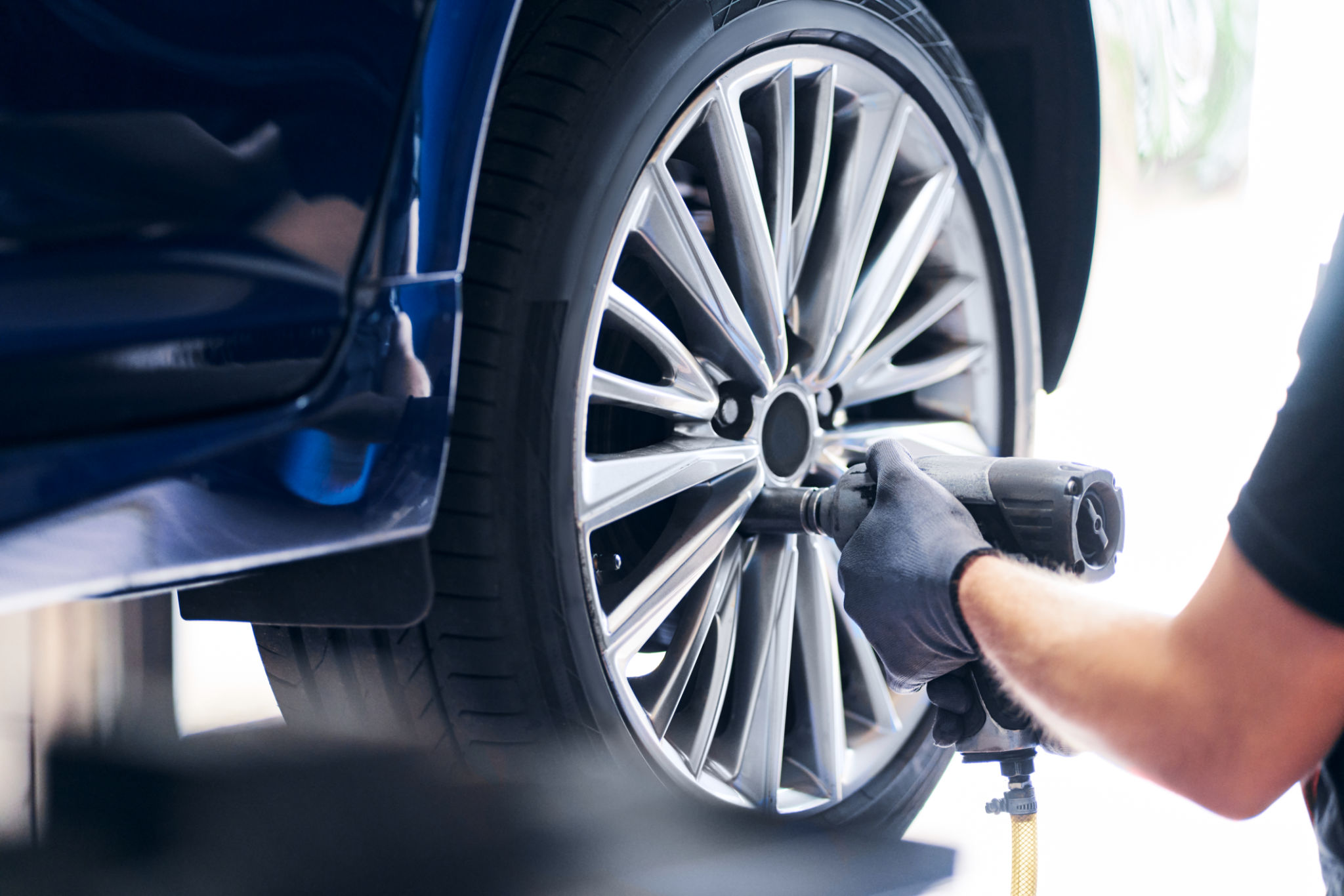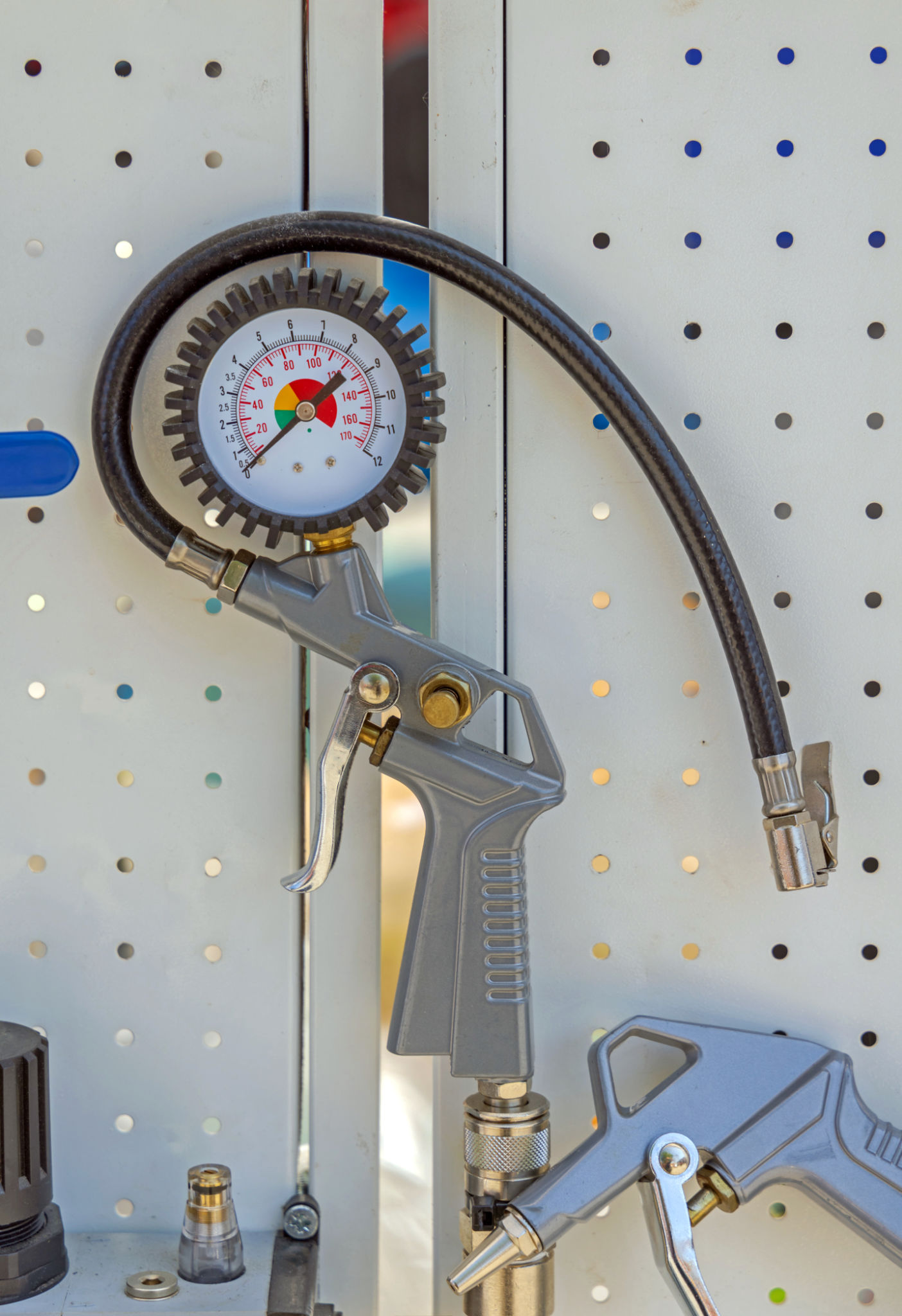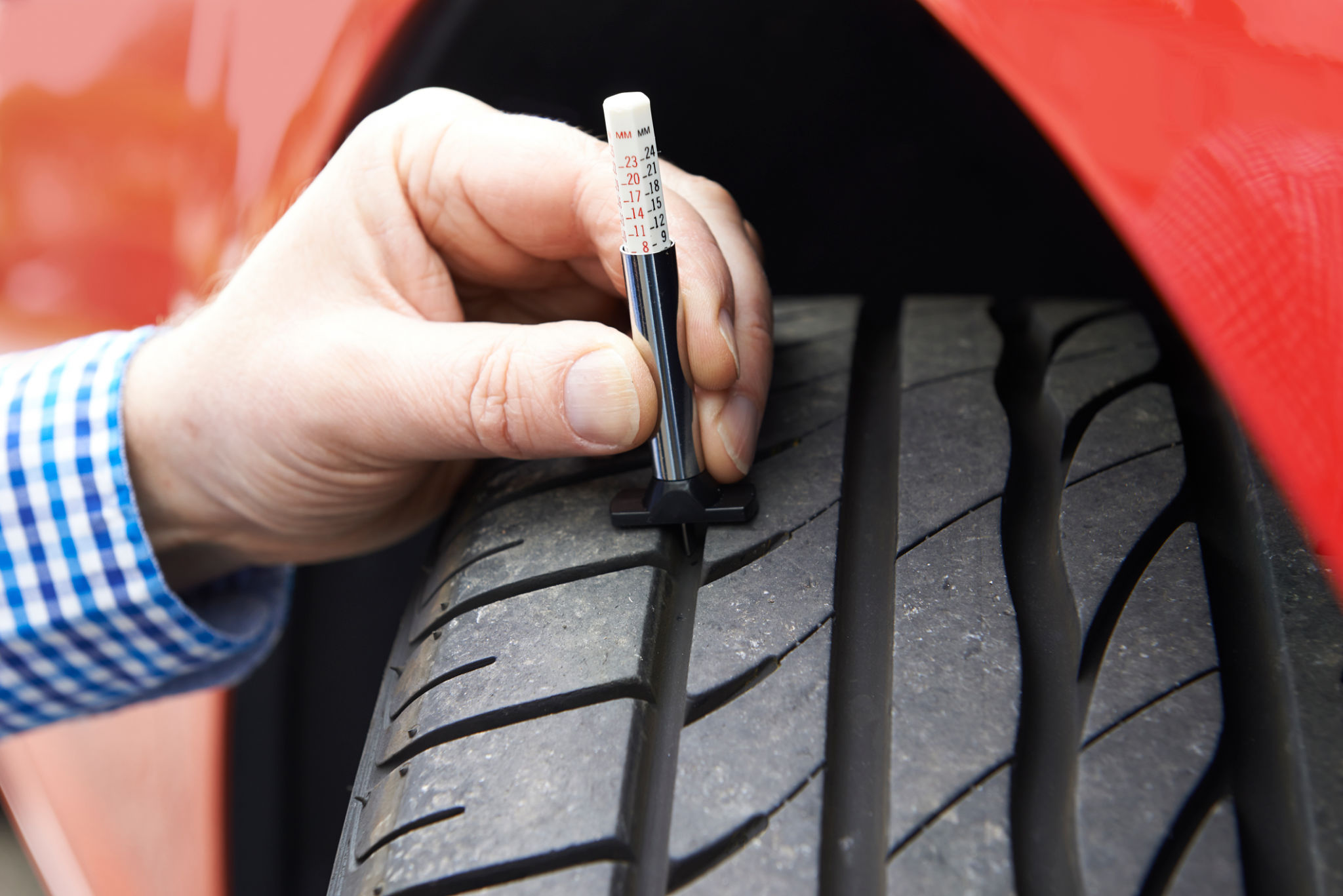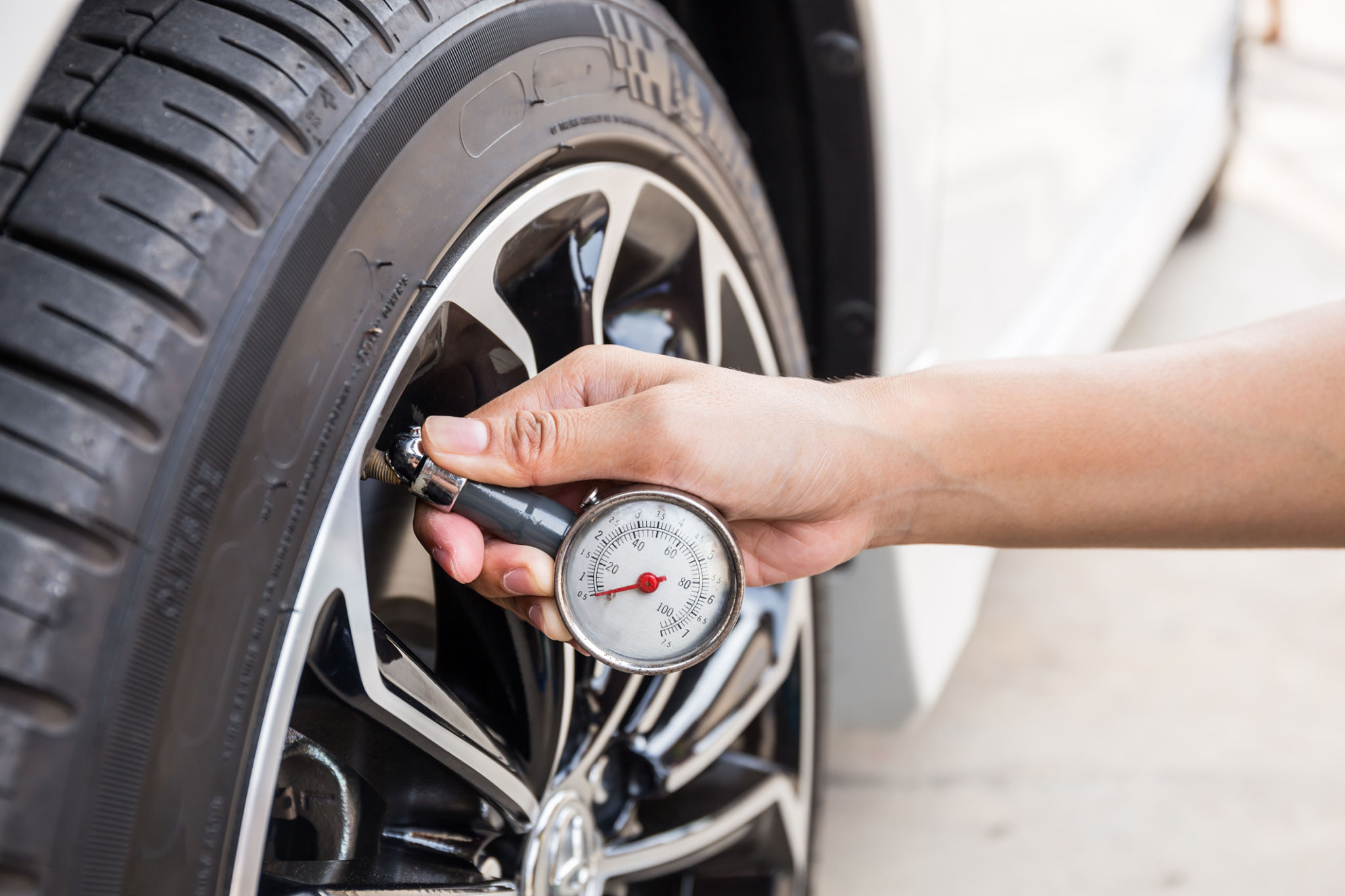DIY Tire Maintenance: Expert Tips for Longer Lasting Tires
Understanding the Basics of Tire Maintenance
Taking care of your vehicle's tires is crucial for ensuring safety, enhancing performance, and extending the life of your tires. Proper tire maintenance can prevent premature wear and tear, improve fuel efficiency, and ensure a smoother ride. Whether you're a car enthusiast or just someone who wants to save on costly replacements, implementing a comprehensive DIY tire maintenance routine is essential.
Before diving into the specifics, it's important to understand the basics of tire care. At its core, tire maintenance involves regular inspections, pressure checks, and alignment assessments. By incorporating these practices into your routine, you can significantly extend the lifespan of your tires.

Check Tire Pressure Regularly
Tire pressure plays a pivotal role in ensuring optimal performance. Under-inflated tires can lead to increased rolling resistance, affecting fuel efficiency and causing uneven tread wear. Conversely, over-inflated tires can reduce traction and increase the risk of blowouts.
To maintain proper tire pressure:
- Use a reliable tire pressure gauge.
- Check the pressure at least once a month and before long trips.
- Adjust the pressure according to the manufacturer's recommendations found in your vehicle's manual or on the driver's side door jamb.

Rotate Your Tires Regularly
Rotating your tires is a simple yet effective way to promote even tread wear. Most experts recommend rotating your tires every 5,000 to 7,500 miles. This practice ensures that each tire experiences even wear over time, prolonging their lifespan and improving overall performance.
There are various rotation patterns, such as the forward cross or rearward cross, that are suitable for different types of vehicles and tire configurations. Always refer to your vehicle's manual to determine the best rotation pattern for your car.
Inspect Tread Depth
Tread depth is a critical factor in maintaining traction and preventing hydroplaning in wet conditions. As tires wear down, their ability to grip the road diminishes. Regularly inspecting tread depth can help you decide when it's time to replace your tires.
A simple way to check tread depth is by using the penny test:
- Insert a penny into the tire's tread groove with Lincoln's head facing down.
- If you can see all of Lincoln's head, it's time to replace the tire.

Align and Balance Tires
Proper alignment and balance are crucial for preventing uneven wear and ensuring a smooth ride. Misaligned or unbalanced tires can lead to vibrations, handling issues, and shortened tire life. You should have your alignment checked at least once a year or if you notice uneven wear patterns.
Balancing involves ensuring that the weight distribution around the tire is even. This process reduces vibrations and enhances driving comfort. Unlike alignment, balancing should be performed whenever new tires are installed or when you detect unusual vibrations while driving.
Keep an Eye on Tire Condition
A thorough visual inspection can reveal potential issues before they become major problems. Look for cuts, punctures, or irregular wear patterns that could indicate underlying issues such as suspension problems or improper inflation.
If you spot any issues during your inspection, addressing them promptly can prevent further damage or safety hazards. Regular checks can also help you identify when professional intervention may be necessary.
